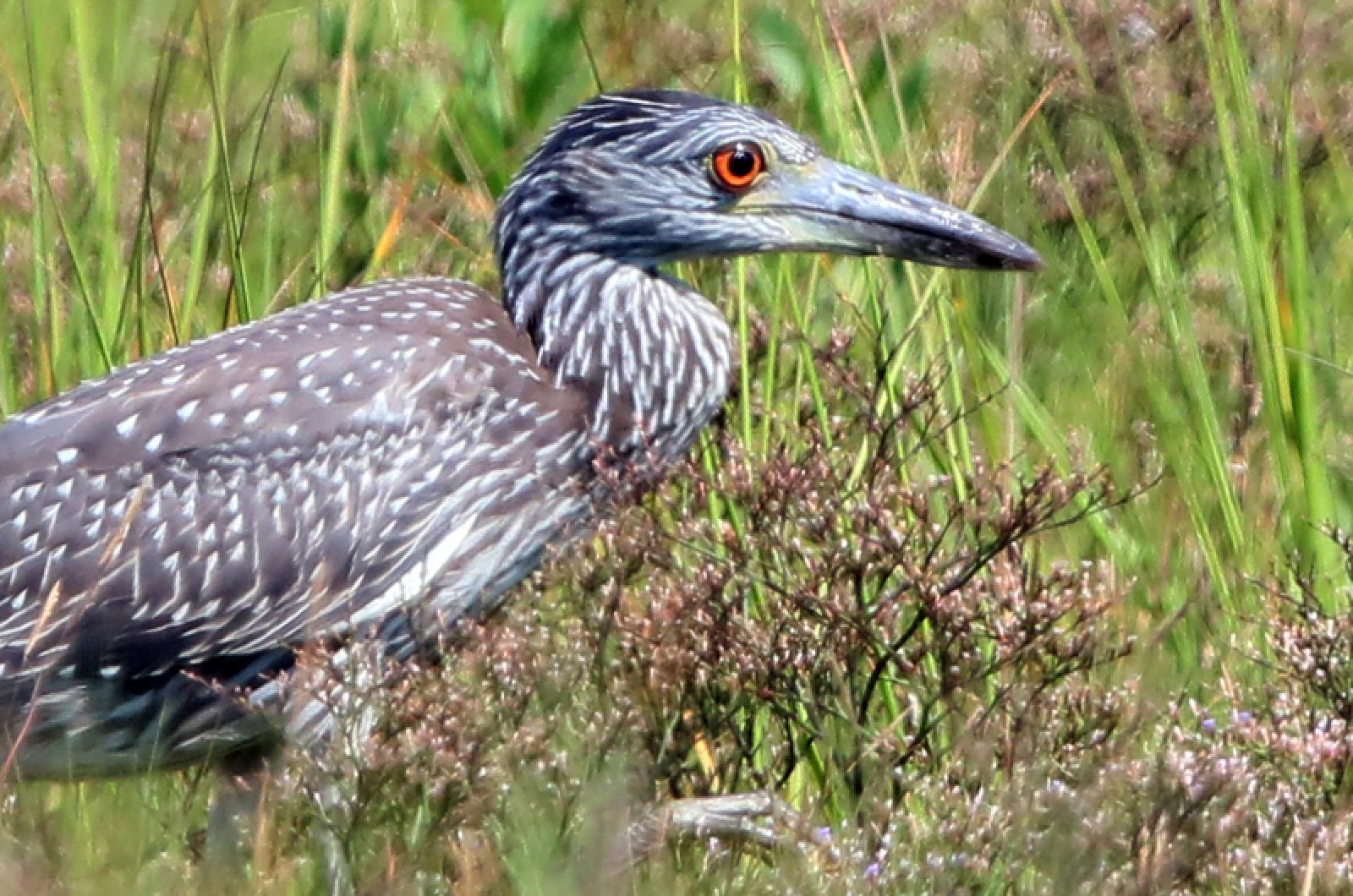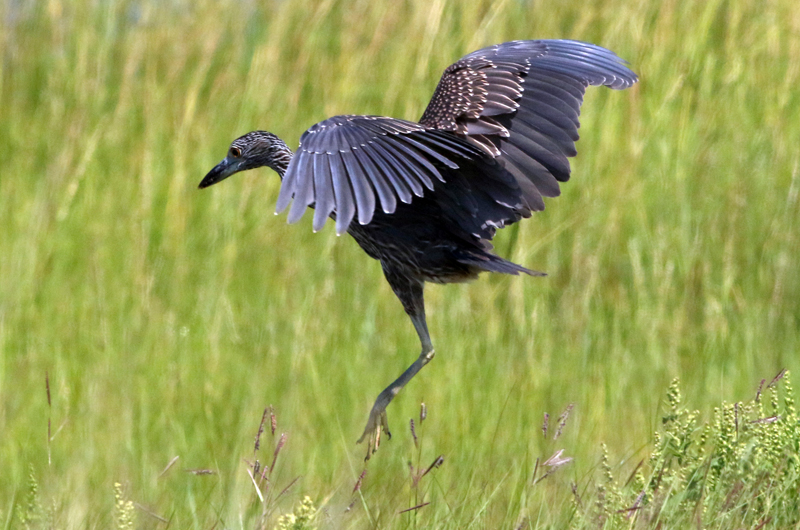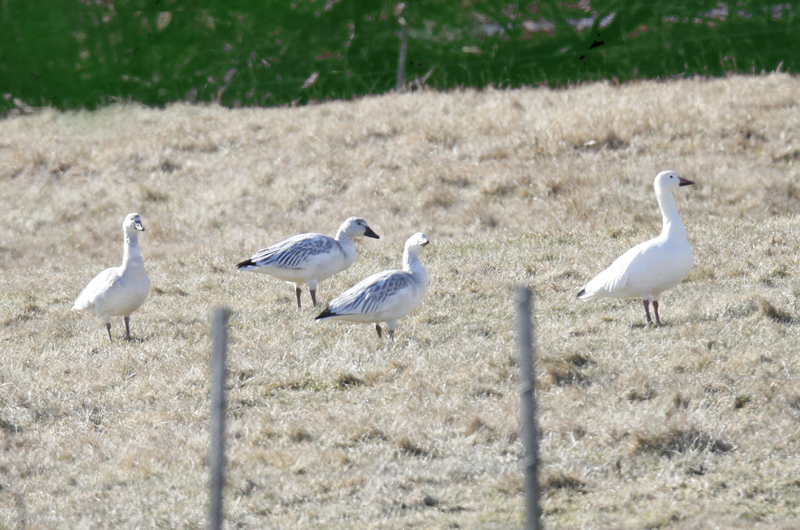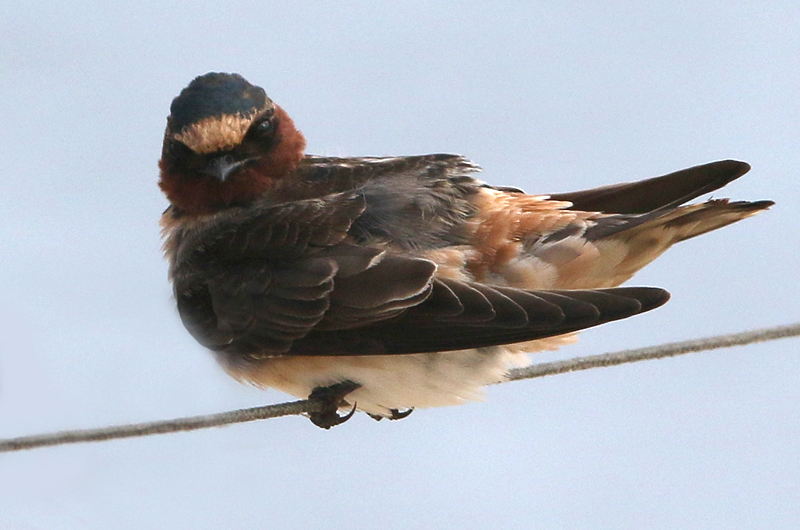All too often, publicity about endangered species is about how the protected species will adversely affect land use decisions. These conflicts gain traction because much of the press likes conflict and feels that is what people want to hear about. It does not matter that polls show up to 90 per cent of the public supports protecting these species.
So it is a welcome recent report by the American Bird Conservancy that shows that the Endangered Species Act has caused species to recover by protecting and restoring their habitats. Furthermore, the restored habitats help protect other species while providing environmental benefits like clean water, flood control and carbon storage. Briefly stated, it is a successful program.
Thirteen per cent of the listed species have been removed because their populations have recovered. Think bald eagle, brown pelican and peregrine falcon. And the populations of 42 per cent of all listed species are increasing. Think piping plover. Another 16 per cent of the listed species have stable populations.
Only 21 per cent of listed species still have declining populations. That one fifth of the listed species are still declining demonstrates that more work is needed and more species protections are needed. But the take home message is that the Endangered Species Act works. Slightly more than two thirds of all the listed species now have either stable or increasing populations.
Bird Sightings
Lanny McDowell, Pete Gilmore, Luanne Johnson and Liz Baldwin birded Norton Point on August 13. Their most unusual find was three immature yellow-crowned night-herons foraging in the salt marsh at the western end of the beach. Mr. McDowell and Rick Dwyer spotted them again on August 15. The immatures of this species is very similar in appearance to that one our more common black-crowned night-herons. The very small white dots on the back and wings of the yellow-crowned are one of the easier ways to identify them.
Mr. McDowell was also on Norton Point the previous day, and he found an adult and a juvenile cliff swallow perched on some symbolic fencing. This is one of the swallows that does not breed here. They are not easy to find as they migrate through.
Soo Whiting, Allan Keith and Warren Woessner were on Norton Point on August 15 and they found the yellow-crowned night-heron. Other highlights included 33 black skimmers, two willets of the western subspecies, 12 laughing gulls, Forster’s tern, sanderling, red knot and ruddy turnstone.
Nick Bonomo reports 29 species from the flats of Tisbury Great Pond on August 11. He found 10 lesser black-backed gulls, a first for the season. This species has become much more common in the past few years, and last year they showed up around now and were present for much of the fall.
He also found four pectoral sandpipers, one red knot, 30 white-rumped sandpiper, 73 short-billed dowitchers, as well as high numbers of 600 semipalmated plovers, 400 sanderling, and 400 semipalmated sandpipers. Ms. Whiting was there on August 14 and had a very similar list although the numbers were slightly lower.
Black skimmers have also been reported by Sarah Mayhew at Quansoo Beach on August 13.
Ms. Whiting’s Chilmark Community Center Bird Walk visited Lobsterville on August 9. There were eight great egrets in the marsh there, and a northern harrier was hunting the dunes there. They also saw a green heron and all the usual small shorebirds.
Sioux Eagle, Michael Ditchfield and Matt Pelikan have all noted the abundance of ruby-throated hummingbirds in their yards. As these sightings are widespread in West Tisbury, Edgartown and Oak Bluffs, it seems likely that these birds are migrants coming to well-stocked feeders.
Snow geese are a species we all like to see, with their black wing tips contrasting to their otherwise white body. Usually they show up in late fall, so the flock of twelve that Tim Rich saw flying westward over Squibnocket Pond in late July is remarkable.
The website ebird.org shows only a handful of sightings of snow geese in July for New England and New York.
Persistence pays off. It was hot on my Saturday August 13 Guided Birding Tour, and not much was showing up because of the heat. But we finally found some birds at the Head of Tiah’s Cove. Highlights there were spotted sandpiper and lesser yellowlegs. We also noted that tree swallows are starting to flock up and congregate along the south shore; the comings and goings of these flocks of swallows are fun to watch.
Finally, Kate Fowle Meleney found the leucistic song sparrow that has been hanging out near Crystal Lake; her August 11 sighting means that it has been seen there for about two and one half years. This bird is almost all white, so it is hard to recognize it for the song sparrow that it is.
Southward migrating shorebirds and songbirds are passing through, so go look for them and please be sure to report your sightings to birds@mvgazette.com.
Robert Culbert leads Saturday morning Guided Birding Tours and is an ecological consultant living in Vineyard Haven.









Comments
Comment policy »